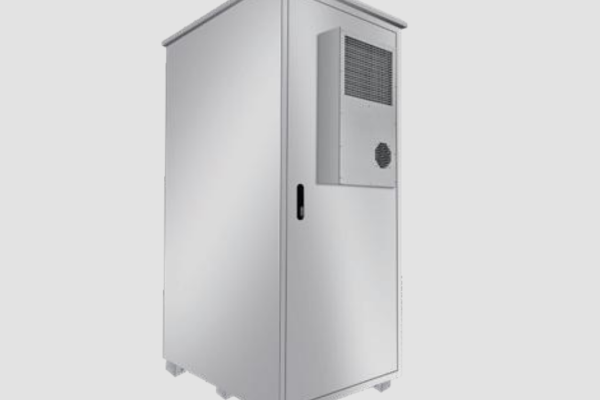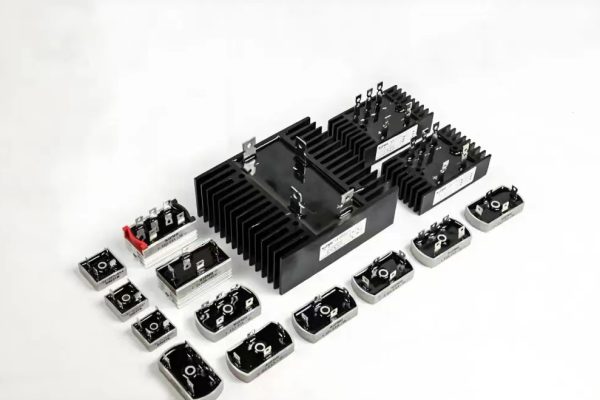How to Decide Between Factory-Built Solutions and On-Site Integration
As the global energy storage and renewable power industry continues to expand, project developers and EPC contractors face an essential question:
Should we buy pre-integrated battery storage systems, or should we assemble locally using separate components?
This decision affects not only cost and logistics, but also system reliability, compliance, maintenance, and after-sales support.
In this article, we’ll compare both approaches — Build vs. Buy — and analyze their strengths, weaknesses, and the key factors influencing your choice.
1. What Are Pre-Integrated Systems?
A pre-integrated energy storage system (ESS) refers to a factory-built, fully tested unit that includes:
- Battery modules (LiFePO₄ or NCM)
- Battery Management System (BMS)
- Power Conversion System (PCS / inverter)
- Energy Management System (EMS)
- Thermal management and safety protection
- Communication and monitoring system
- Cabinet or containerized enclosure
These systems are assembled, wired, and commissioned at the factory, then shipped as “plug-and-play” solutions.
Common formats include:
- Rack-level integration for C&I use (10–100 kWh)
- Outdoor cabinets for microgrids or street lighting (5–50 kWh)
- Containerized BESS units for utility-scale projects (100 kWh–5 MWh+)
2. What Is Local Assembly?
Local assembly, on the other hand, involves importing separate components — batteries, inverters, racks, and cooling systems — and integrating them on-site by the EPC or local engineering team.
This approach gives flexibility to use local materials, customize design, and reduce shipping volume, but requires technical expertise and certified assembly processes.
Typical locally assembled systems are used in:
- Microgrid or community projects
- Pilot systems or R&D installations
- Markets with strong local content requirements
3. Core Comparison: Pre-Integrated vs. Local Assembly
| Factor | Pre-Integrated System | Local Assembly |
|---|---|---|
| Quality Control | Factory tested, standardized, certified | Depends on local expertise and QC |
| Lead Time | Shorter (ready to deploy) | Longer (component delivery + assembly) |
| Initial Cost | Higher purchase price | Lower component cost |
| Engineering Time | Minimal (plug-and-play) | High (custom integration) |
| Customization | Limited | Highly flexible |
| After-Sales Support | Centralized warranty and service | Divided responsibility |
| Risk Level | Low | Medium to high |
| Scalability | Easy replication | Slower for large projects |
| Compliance | CE/UL/IEC certified from factory | Must re-certify system |
| Local Content Credit | Low | High (benefits local manufacturing policies) |
4. Advantages of Pre-Integrated Systems
✅ 4.1 Guaranteed Performance
Pre-integrated systems are built and tested under strict factory standards (ISO, IEC, UL).
→ Every cabinet or container is performance-tested for safety, efficiency, and communication.
✅ 4.2 Faster Deployment
Factory-integrated units are ready to connect — ideal for EPCs managing tight project schedules or multiple sites.
Example:
A 500 kWh commercial ESS can be operational within 48 hours of arrival if factory-preconfigured.
✅ 4.3 Simplified Warranty and Responsibility
One supplier covers the entire system, simplifying after-sales communication and liability.
✅ 4.4 Consistent Aesthetics and Documentation
Uniform cabinet layout, labeling, and manuals enhance professional image — important for international buyers or investors.
✅ 4.5 Certified Safety
Pre-integrated systems often include fire suppression, BMS redundancy, insulation resistance, and fault detection that may be difficult to replicate locally.
5. Advantages of Local Assembly
⚙️ 5.1 Flexibility for Custom Projects
Local teams can adapt to site-specific voltage levels, control systems, or climate conditions, which is harder for standardized products.
⚙️ 5.2 Cost Control for Small or Pilot Systems
When only a few systems are needed, assembling locally with imported core parts (e.g., LFP cells and inverters) can reduce logistics and import duties.
⚙️ 5.3 Local Job Creation and Policy Benefits
Governments in Africa, Latin America, and the Middle East increasingly require local assembly for renewable tenders.
→ Building local integration capability supports long-term competitiveness.
⚙️ 5.4 Easier On-Site Service
Local teams can quickly diagnose and replace parts without waiting for overseas support.
6. Key Considerations Before Choosing
🔋 6.1 Project Scale
- <100 kWh: Pre-integrated preferred (faster, economical)
- 100 kWh–1 MWh: Depends on labor and logistics balance
- 1 MWh: Local assembly may reduce shipping cost if logistics dominate
🧠 6.2 Technical Capability
Does your team have certified electricians, wiring diagrams, and testing tools for safe high-voltage assembly?
If not, a factory-integrated BESS eliminates major safety risks.
📦 6.3 Logistics and Tariffs
Shipping complete systems costs more by volume, but reduces customs complexity since one HS code and one supplier invoice are used.
Local assembly may face multiple component clearances and tariff overlaps.
🔍 6.4 Warranty and After-Sales
A pre-integrated system has a single point of warranty, while local assembly divides responsibility among cell, inverter, and BMS suppliers.
This complicates root-cause analysis if faults occur.
🏭 6.5 Certification and Compliance
Factory-built systems typically meet IEC 62619 / UL 9540A / CE standards.
Locally assembled systems must undergo system-level validation, which can delay grid connection or financing.
7. Case Study: 250 kWh Industrial Storage
| Option | Description | Total Cost | Delivery Time | Risk |
|---|---|---|---|---|
| Pre-Integrated Cabinet System | Factory-assembled 250 kWh LFP + hybrid inverter | USD 95,000 | 5 weeks | Low |
| Local Assembly | Import 16 LFP modules + inverter + controller separately | USD 78,000 | 9 weeks | Medium-High |
At first glance, local assembly seems cheaper.
But after adding engineering labor, tools, certification testing, and rework, total cost often equals or exceeds pre-integrated purchase — especially for first-time assemblers.
8. Hidden Costs of Local Assembly
- Design errors or mismatched BMS protocols
- Inconsistent wiring or thermal layout
- Extended debugging and site tests
- Warranty disputes between component suppliers
For international EPCs working on multiple sites, these risks can quickly erode cost advantages.
9. When Local Assembly Makes Sense
Local integration can be beneficial if:
- You have existing workshop facilities and trained engineers
- The project requires non-standard cabinet sizes or voltage levels
- There is a government-backed local-content policy (e.g., 30–40% made locally)
- You plan to develop your own ESS brand for regional resale
In such cases, hybrid cooperation — importing semi-assembled kits (SKD/CKD) — can balance quality and localization.
10. Hybrid Approach: Semi-Knocked-Down (SKD) Kits
Many energy storage manufacturers now offer semi-assembled ESS kits that combine both models:
- Factory-assembled battery racks + BMS
- Local integration of inverter, cables, and EMS
- Final testing and commissioning by local engineers
Benefits:
- Quality assurance from factory components
- Lower shipping costs
- Eligibility for local-manufacturing credits
- Shorter assembly time
This hybrid model is increasingly popular in Africa, Southeast Asia, and Eastern Europe.
11. Future Trends in ESS Integration
- Modular containerized BESS with quick-connect DC busbars
- Cloud-based EMS platforms enabling remote configuration
- Standardized battery communication protocols (CAN/Modbus open API)
- Growth of OEM-partner assembly in emerging markets
These trends are making the “Build vs. Buy” decision less binary — future systems will combine the efficiency of factory production with the adaptability of local assembly.
12. The Strategic Decision
Choosing between pre-integrated systems and local assembly isn’t simply about cost — it’s a strategic decision about quality control, scalability, and risk management.
Buy (Pre-Integrated) if you value:
- Fast deployment
- Consistent quality
- Certified safety and single-point warranty
Build (Local Assembly) if you need:
- Design flexibility
- Local content advantage
- Hands-on control and technical independence
Ultimately, the most successful energy storage integrators will combine both models — factory precision plus local adaptation — ensuring that every system is safe, smart, and sustainable.









